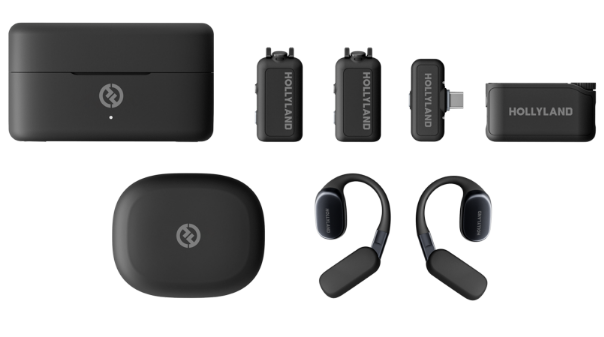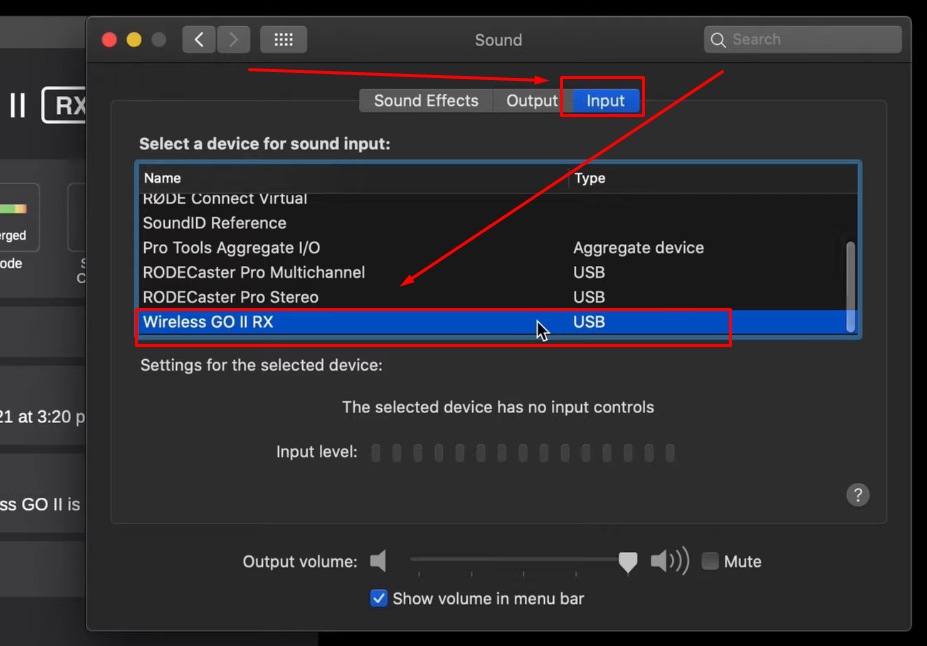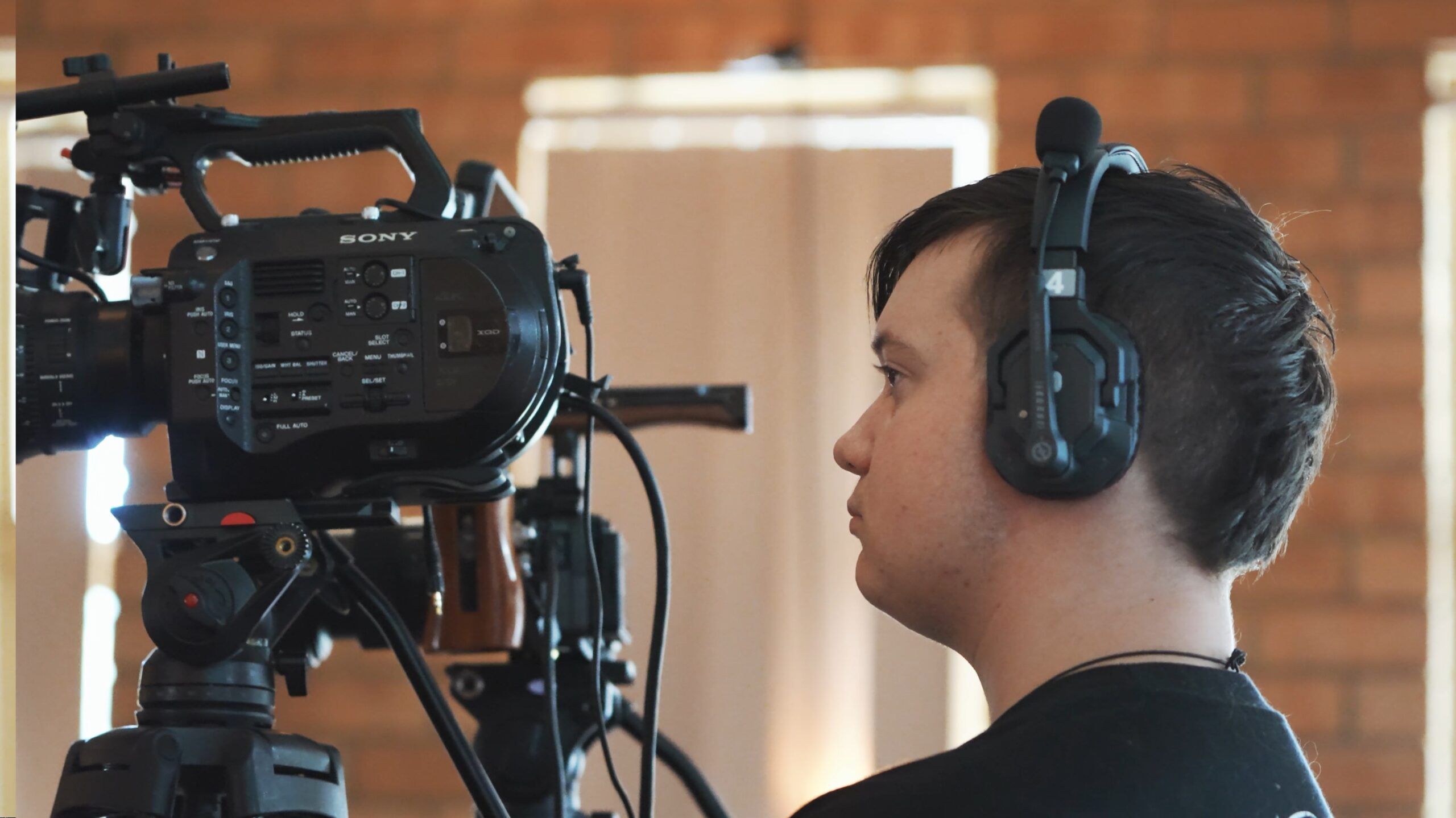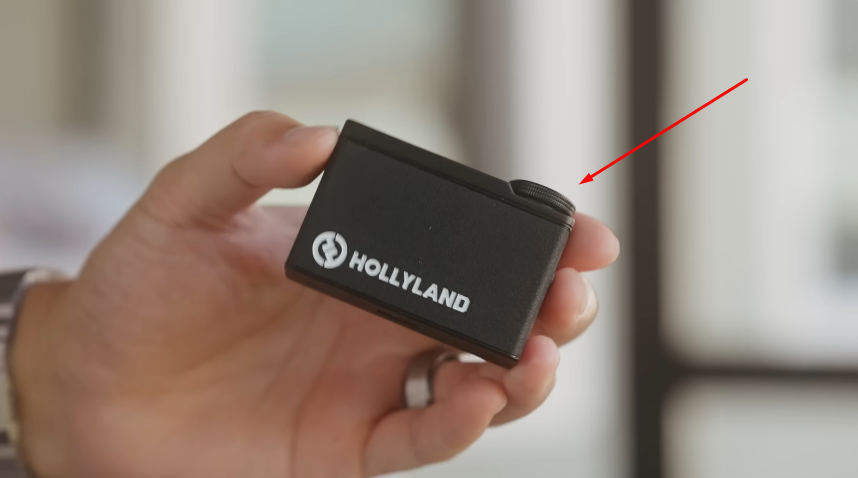Are you ready to take your audio game to the next level without breaking the bank? Whether you’re an up-and-coming musician, a public speaker, or a content creator, a reliable wireless handheld microphone can be your best ally. Good news is, quality audio doesn’t have to come with a hefty price tag. We’ve scoured the market for the finest picks that won’t put a dent in your wallet. In this listicle, we’ll introduce you to the best budget-friendly wireless handheld microphones that offer great sound quality, ease of use, and incredible value. Get ready to speak or sing your heart out without any strings—or wires—attached!
When selecting the best budget wireless handheld microphone, it’s important to consider a variety of criteria to ensure that you get great value for your money while meeting your specific needs. Here’s a quick rundown of the most essential factors:
- Sound Quality: The primary goal is clear audio reproduction. Look for microphones with good sensitivity and a wide frequency response to cover various vocal ranges.
- Connectivity and Compatibility: A reliable wireless system that easily connects to different devices and encounters minimal interference is key. Verify the operating frequency range and check for compatibility with your existing sound setup.
- Battery Life: Since these are wireless devices, battery life is crucial. Opt for microphones with longer battery life to avoid interruptions during use.
- Durability: The construction should be solid enough to withstand regular use and the occasional drop. A robust design can save money in the long term.
- Range: Consider the operating range of the wireless system. For most settings, a range of 30 feet is usually sufficient, but larger venues may require more.
- Ease of Use: Look for user-friendly features such as simple controls and easy setup procedures.
- Additional Features: Some mics may offer extras like mute buttons, LED indicators, or built-in equalizers which can enhance usability.
- Brand and Warranty: Reputable brands often mean better quality and customer service, and a warranty can provide peace of mind.
By keeping these criteria in mind, we can now explore some of the best budget wireless handheld microphones on the market.
| Feature/Spec | Shure BLX24/PG58 | Sennheiser XSW 1-825 | AKG WMS40 Mini Vocal Set | Audio-Technica ATW-1102 | Behringer Ultralink ULM300MIC | Hollyland Lark Max |
|---|---|---|---|---|---|---|
| Price Range (Estimate) | $300 – $350 | $250 – $300 | $100 – $150 | $280 – $330 | $100 – $150 | $159 – $249 |
| Frequency Range | H9: 512-542 MHz | A: 548-572 MHz | Fixed frequency | 2.4 GHz Digital | 2.4 GHz Digital | 2.4GHz |
| Battery Life | Up to 14 hours | Up to 10 hours | Up to 30 hours | Up to 7 hours | Up to 24 hours | TX: Up to 7.5 hours RX: Up to 9 hours |
| Microphone Type | Dynamic | Dynamic | Dynamic | Dynamic | Condenser | Wireless Lavalier |
| Number of Channels | Up to 12 per group | Up to 10 | 1 Fixed channel | N/A (Digital) | N/A (Digital) | 2 |
| Range | Up to 300 feet line of sight | Up to 250 feet | Up to 66 feet | Up to 100 feet line of sight | Up to 200 feet line of sight | Up to 820 feet line of sight |
| Transmit Power | 10 mW | 10 mW | 10 mW | N/A (Digital) | N/A (Digital) | N/A |
| Receiver Type | Single Channel | Single Channel | Single Channel | Single Channel | Dual Channel | N/A |
| Accessories Included | Microphone clip, power supply, carrying case, user guide | Microphone clamp, NT 12-5 CW power supply, pouch | Power supply, AA size battery, stand adapter | Power supply, charging station (depending on bundle), microphone clip | USB receiver, 2 AA batteries, carrying case | Charging case, and USB and 3.5mm TRS cables |
Please note that “N/A (Digital)” for the ATW-1102 and ULM300MIC in some rows indicates that these systems use a 2.4 GHz digital transmission, which means that traditional analog specifications such as frequency range and transmit power do not apply in the same way.
This table provides a simplified overview of the key features of each microphone system. If your audience requires detailed information on a specific aspect (such as the directivity of the microphone cartridge, additional functions like mute switches or indicators, or detailed warranty information), you may need to dig deeper into the individual product specifications.
Moreover, potential buyers might be interested in real-world user feedback, company reputation, durability, ease of setup, and sound quality, factors that aren’t easily quantified in a table but can be crucial when choosing a microphone. Therefore, this table should ideally be accompanied by additional commentary or reviews that give context to these specifications.
Shure BLX24/PG58
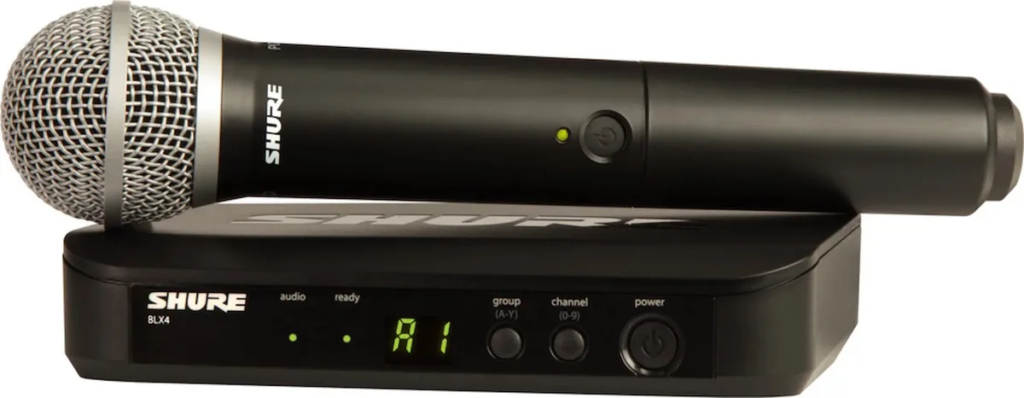
Overview
The Shure BLX24/PG58 wireless handheld microphone is a testament to what Shure does best—providing reliable, quality audio gear at a point accessible for those on a budget. From the moment I held this microphone in my hands, I was impressed by its solid construction and the no-frills approach to design. This mic is definitely built with the performer in mind, offering a comfortable grip and a sound that punches well above its weight class. After using it in various environments, from a small meeting room to an open hall, its performance has been consistently clear and stable, with minimal dropouts. Battery life on this unit is commendable too, something often overlooked in budget options.
Specs
While I’m not here to bore you with the nitty-gritty technical specifications, it’s worth noting a couple of headline features. The microphone operates within the UHF band, ensuring clear transmission and minimal interference. It also boasts up to 14 hours of continuous use, thanks to the two AA batteries that power it—pretty impressive for a wireless system. Also, the QuickScan frequency selection is genius, simplifying the task of finding an open frequency for those who aren’t RF engineers.
Pros:
- Solid build quality feels like it can take a beating, which is great for touring musicians or event organizers.
- Audio clarity is excellent, with a cardioid polar pattern that does a decent job at rejecting unwanted noise.
- The simplicity of setup with the QuickScan feature makes life a lot easier.
- It’s quite forgiving on battery consumption, allowing for longer performances or speaking sessions without constant battery swaps.
Cons:
- While it’s affordable, the price might still be a stretch for anyone on a very tight budget.
- It lacks some of the advanced features and customization you might find in pricier models.
Price
Priced at around the $300 mark, depending on the retailer, the Shure BLX24/PG58 hits that sweet spot between affordability and professional performance. It’s an investment that makes sense for those who want a more ‘set it and forget it’ experience without compromising on audio quality. Sure, there might be cheaper options out there, but Shure’s reliability and sound are worth the extra bucks.
Sennheiser XSW 1-825
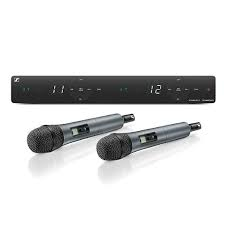
Overview:
Sennheiser is renowned for its premium quality audio equipment, and the XSW 1-825 is a testament to their expertise in providing quality even at a lower price point. For those on a tight budget who don’t want to compromise on clarity and reliability, the XSW 1-825 strikes a harmonious balance. This wireless system is designed with ease of use in mind, making it a great choice for beginners or those who want to set it up and use it without fuss.
From my personal experience, the Sennheiser XSW 1-825 stands out for its impressive vocal clarity. It seems to be tailored for live vocals with a warm and clear sound that easily cuts through the mix. The build quality is solid enough to withstand regular transportation and usage, which is a big plus for mobile entertainers or educators.
Specs:
- Frequency range: A (548-572 MHz)
- Microphone type: Dynamic, cardioid
- Transmission range: Up to 250 feet
- Battery life: Approx. 10 hours
- Integrated antennas
Pros:
- Vocal clarity is exceptional for a budget wireless mic.
- Superb ease of use, which is great for those who are not technically inclined.
- Decent build quality gives it durability.
- Good range covers most small to medium-sized venues with ease.
- Battery life is more than adequate for typical performances or speeches.
Cons:
- While it’s sturdy, it’s not quite as rugged as some higher-end Sennheiser mics, so some care is needed.
- The sound may lack the depth and fullness compared to its more expensive counterparts.
- Limited flexibility in frequency adjustment can be a hindrance in environments with a lot of wireless traffic.
Price:
The XSW 1-825 usually sits at a price point that is quite friendly to the cost-conscious, which reflects its value-for-money proposition. You are typically looking at spending a couple of hundred dollars, give or take, based on the retailer and any potential seasonal discounts.
In summary, the Sennheiser XSW 1-825 wireless handheld microphone provides excellent value. It offers reliable performance that suits smaller venues and events without causing a significant dent in your wallet. For the aspiring musician, speaker, or performer on a budget, this microphone is certainly worth considering.
AKG WMS40 Mini Vocal Set
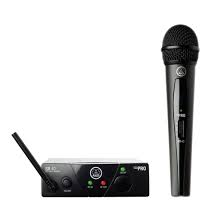
Overview
The AKG WMS40 Mini Vocal Set is an exceptionally affordable wireless handheld microphone system that’s quite popular for those who need dependable audio without breaking the bank. When I first got my hands on it, I was quite skeptical, considering its price point, but I was quickly impressed by its ease of use and its clear, crisp sound quality. It’s compact and straightforward, making it an excellent choice for users who want to avoid complicated setups and just dive straight into their performance or presentation.
Specs
Upon examining the WMS40 Mini Vocal Set, I was struck by its simplicity. It features a single fixed frequency, which means you don’t have to fiddle around to find a clear channel. The battery life is remarkable — up to 30 hours of performance time on a single AA battery, which is a game-changer for those who are tired of constantly swapping out batteries. The microphone’s range is decent enough for small to medium venues.
Pros:
- The sound quality is impressive for a wireless system at this price; it’s clear and reliable.
- Unbeatable battery life, which is a massive plus for those long events or sessions.
- The plug-and-play aspect can’t be overstated—it’s incredibly easy to set up.
Cons:
- The build quality feels a bit cheap, which is expected at this price point, but it’s something to consider if durability is a priority.
- Lack of frequency agility can be an issue in environments where there is a lot of RF interference.
- The range is sufficient for smaller venues, but it may not be enough for larger, more demanding environments.
Price
At the time of this review, the AKG WMS40 Mini Vocal Set comes in at an impressively affordable price. You’d be hard-pressed to find a better deal for such reliable performance in wireless audio. Its price is a key selling point, making it accessible to virtually anyone in need of a wireless microphone.
Conclusion
The AKG WMS40 Mini Vocal Set stands out as an optimal choice for those on a tight budget. While it has its limitations, the positives far outweigh the negatives. Its sound quality and battery life alone make it a front-runner in its category. If you’re just starting out or need a solid backup wireless system that won’t let you down, the WMS40 Mini Vocal Set deserves your consideration.
Audio-Technica ATW-1102
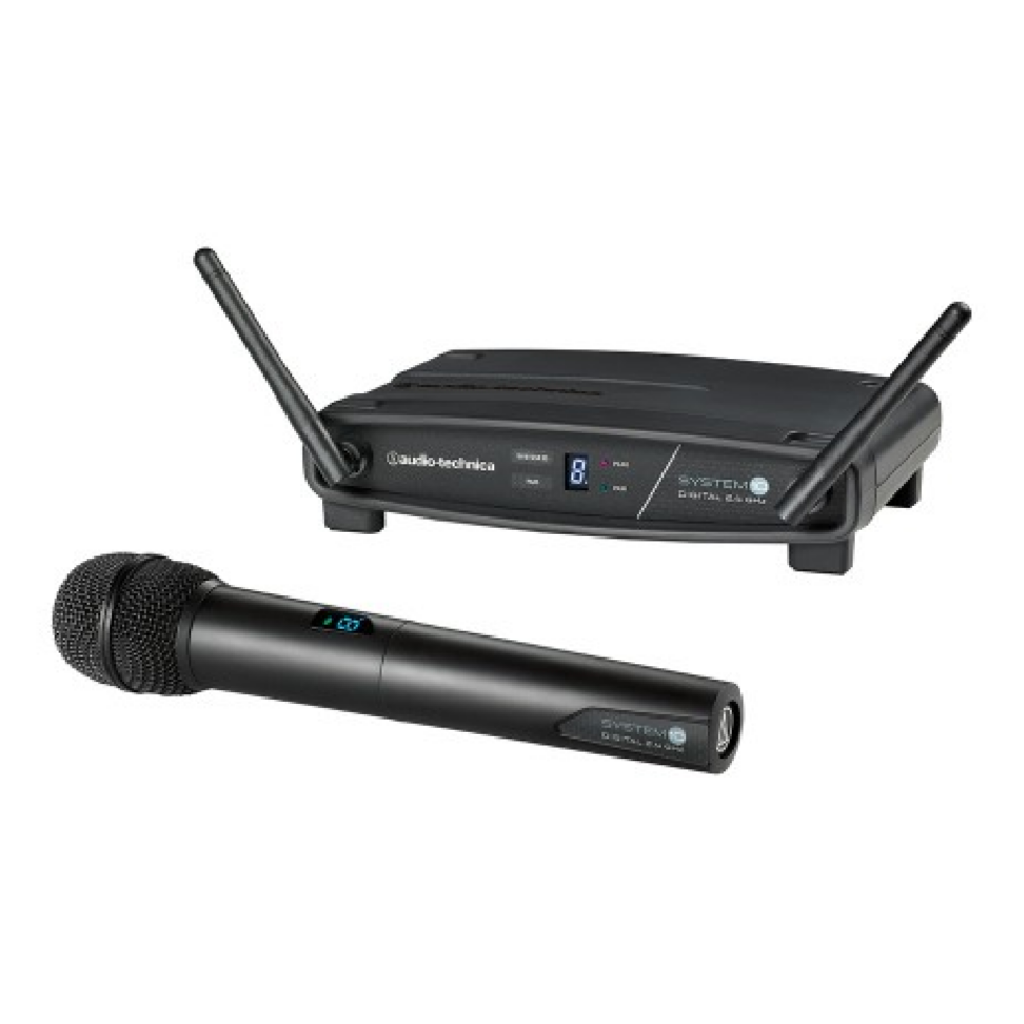
Overview:
The Audio-Technica ATW-1102 is part of the System 10 lineup and is a standout wireless handheld microphone that strikes an excellent balance between quality and affordability. From my experience, this unit offers much of what a casual user or a gigging musician could need without breaking the bank. Between its ease of use and reliable performance, the ATW-1102 is a worthy consideration for those looking to step into the world of wireless audio with confidence.
The microphone feels solid in hand, which gives it a professional vibe right out of the box. When I’ve used it in various settings, from small indoor gatherings to larger outdoor events, it has consistently delivered clear, natural vocal reproduction without any noticeable lag or interference, which is a testament to its 24-bit/48kHz digital operation and 2.4GHz frequency band usage.
Specs:
- Frequency Range: 2.4 GHz
- Operating Range: Up to 100 feet (30 m), typical
- Audio Frequency Response: 20 Hz to 20 kHz
- Total Harmonic Distortion: <0.05% typical
- Battery Life: 7 hours (rechargeable battery) or longer depending on battery type and use pattern
Pros & Cons:
Pros:
- Digital 24-bit/48kHz audio quality provides clear sound.
- The 2.4 GHz frequency band is generally free from interference from TV and DTV.
- Easy to set up and operate, a real plug-and-play device.
- Has a good range for most settings without signal drops.
- Build quality feels robust, implying durability.
Cons:
- Battery life, while decent, may require mid-event replacement or recharge for lengthy programs.
- May lack the advanced features that professional users seek.
- 2.4 GHz band is shared with other consumer electronics which may occasionally cause issues in congested environments.
Price:
As of my last check, the Audio-Technica ATW-1102 typically sits around the $299.00 to $349.99 mark, which puts it in a sweet spot for those who expect a certain level of professional performance without committing to the higher price tags found in the professional tier. Remember that prices fluctuate and it’s always worth shopping around for deals.
In conclusion, the Audio-Technica ATW-1102 is a solid contender in the budget wireless microphone market. It provides a reliable, high-quality option for those on a budget who are unwilling to compromise on audio clarity and ease of use. Whether you’re leading a seminar, singing at a gig, or hosting an event, this mic could very well be the trouble-free audio companion you need.
Behringer Ultralink ULM300MIC
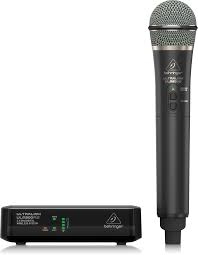
Overview:
The Behringer Ultralink ULM300MIC is a wireless handheld microphone system that aims to provide reliable performance without breaking the bank. After spending some time with this microphone, I was pleasantly surprised by the value proposition it offers. It’s clear that Behringer had a focus on ease of use and straightforward functionality, which is evident from the simple setup process. The ULM300MIC comes with a single handheld mic and a dual-mode USB receiver, which is a nod towards flexibility, as it can be directly plugged into any PA system with a USB interface or Behringer’s compatible mixers and speakers.
Handling this microphone feels comfortable, albeit it does have a bit more of a plastic feel compared to its higher-end rivals. However, don’t let this fool you; the sound quality didn’t disappoint for its price point. The microphone provided clear vocal reproduction, and the cardioid pick-up pattern helped reduce background noise during use.
Specs:
- Transmission Frequency: 2.4 GHz
- Range: Up to 60 meters (200 feet) under optimal conditions
- Battery Life: Approximately 24 hours with 2 AA batteries
- Integrated Volume Control and Panic Mute functions
- High-quality dynamic capsule
Pros:
- The price of the ULM300MIC is very competitive, making it accessible for even the tightest budgets.
- The 2.4 GHz frequency band is generally reliable and less prone to interference in my experiences.
- Impressive battery life allows for extended use without constantly changing batteries.
- Volume adjustments can be made directly on the microphone, adding to the convenience factor.
Cons:
- The build quality doesn’t feel as robust as some other microphones I’ve handled.
- It could lack some of the advanced features that professional users may seek.
- While the sound quality is more than sufficient for basic needs, it may not meet the demands of audiophiles or professional sound engineers.
Price:
The Behringer Ultralink ULM300MIC often falls under the $100 mark, which is a strong selling point for those in search of a functional wireless mic without any frills. Given the features, it offers at this price range, it’s an option worth considering for beginners, amateurs, or those needing a spare mic for occasional use.
In conclusion, the Behringer Ultralink ULM300MIC is a testament to the idea that you don’t need to spend much to get started with wireless audio. While it might not boast the premium feel or extensive feature set that some other microphones offer, it holds its ground with solid performance where it counts. It’s a practical choice for those who prioritize simplicity and affordability in a wireless microphone.
Hollyland Lark Max
Despite not being a handheld mic, the Hollyland Lark Max emerges as a superior wireless microphone system that surpasses many popular handheld microphones. Lark Max is available in two variations – the Max Duo with two mics/transmitters and a single receiver and the Max Solo with one transmitter and receiver. So, technically, the price of both variants differs from that of the other.
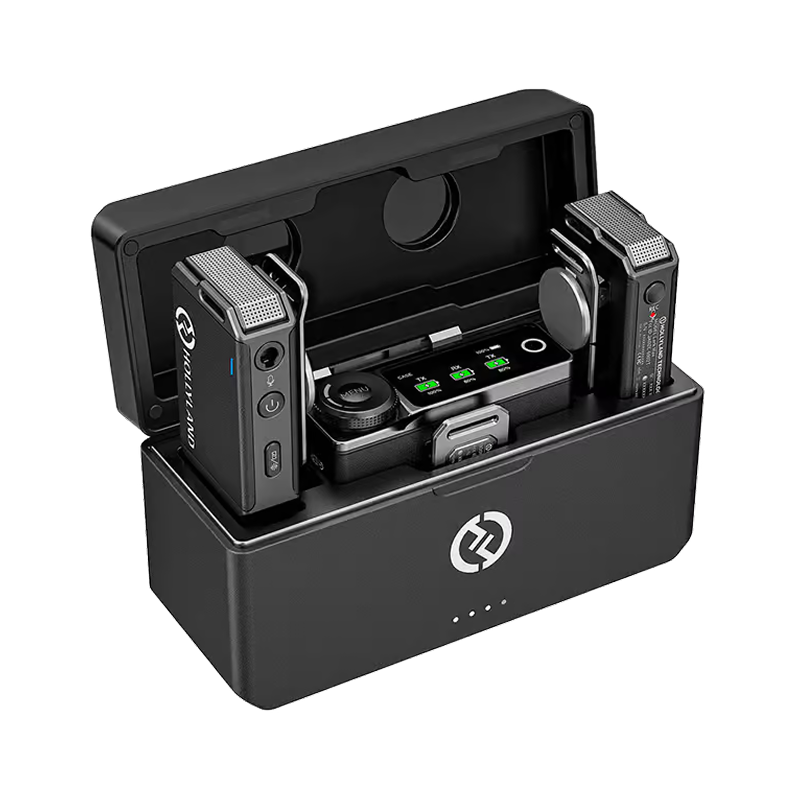
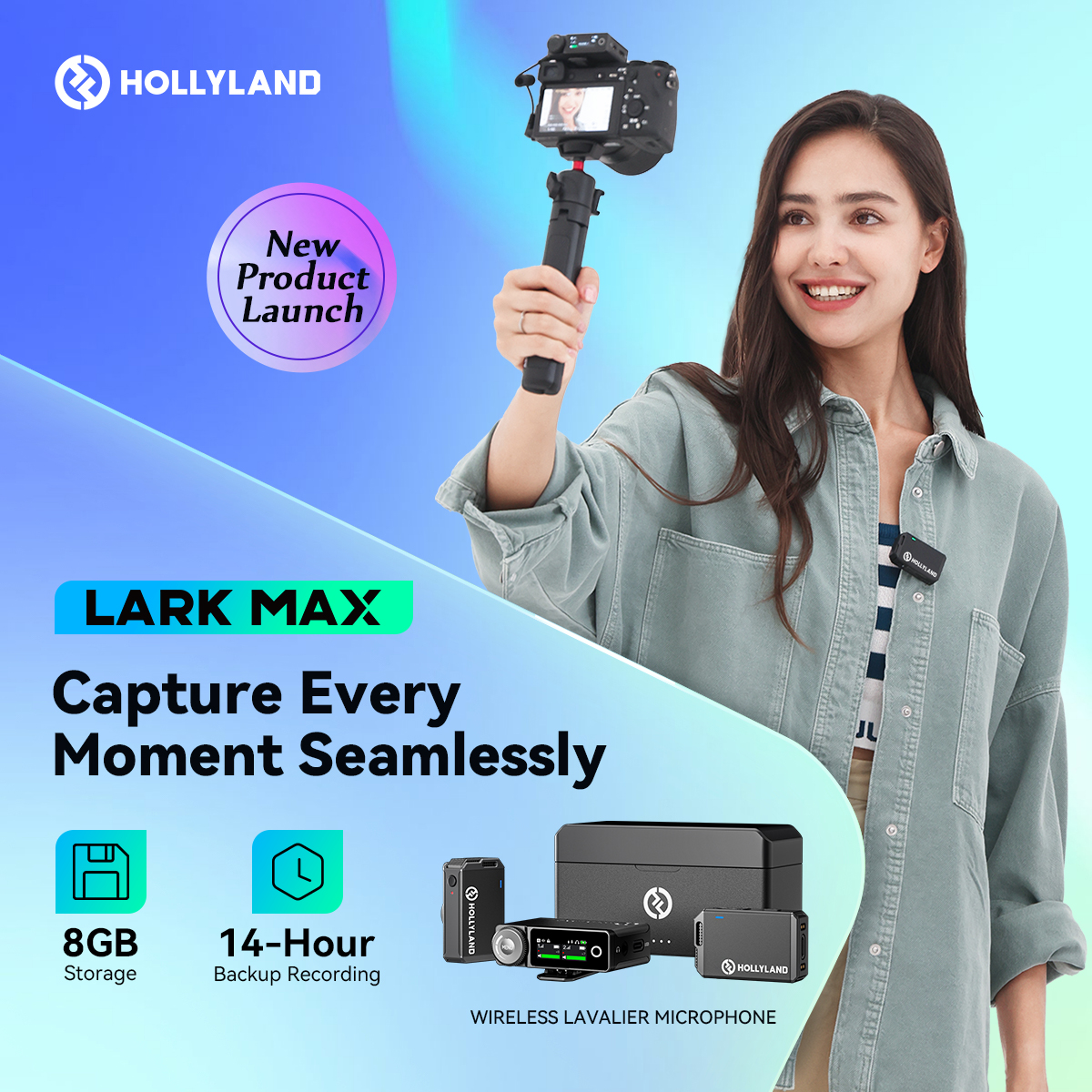
Hollyland LARK MAX - Professional Wireless Microphone
A professional wireless microphone system featuring studio-quality audio with advanced noise cancellation.
Key Features: Studio-Quality Audio | Magnetic Attachment | 8GB Internal Recording
The Lark Max introduces MaxTimbre technology to creative people. This feature helps deliver studio-grade sound by capturing every single audio detail with outstanding clarity. So, whether you want to record interviews, vocals, or ambient sounds, you can expect a lifelike and rich experience.
One of the impeccable traits of Lark Max is the flexibility of audio recording. In other words, this mic provides three different recording modes, including stereo, mono, and the safety track. While stereo and mono modes allow you to capture sound in single and multiple waveforms, the safety track duplicates the main audio file at a reduced volume. This acts as a backup in case you lose or record degraded sound.
At the same time, Lark Max also offers an Environmental Noise Cancellation (ENC) feature that makes these mics prevent disturbing background sounds from being captured in the audio. Unlike the Active Noise Cancellation, ENC smartly suppresses distracting sounds, including air-conditioning and fan noises, preserving the quality of audio recordings.
What’s more? The enhanced transmission range of up to 820ft lets you record the subject from a great distance. Moreover, this microphone offers a 48kHz sample rate and 24-bit bit depth.
Specs:
- SNR: 70dB
- Audio Format: WAV
- Dynamic Range: 98dB
- Operating Technology: 2.4GHz
- Mic Sensitivity: -36dBFS+/-1dB@1kHz
- Frequency Response: 20 Hz – 20 kHz
- TX Battery Capacity: 300mAh
- RX Battery Capacity: 490mAh
- TX and RX Charging Time: Less than 2 hours
- TX Operating Time: 7.5 hours approximately
- RX Operating Time: 9 hours approximately
- TX Built-in Recording TIME: Up to 14 hours
Pros:
- All units are built from durable materials to withstand rough usage
- The battery life is remarkable, making it suitable for long recording sessions
- It has a professional sound quality that many handheld mics cannot provide
- The built-in recording enables you to record sounds without pairing the TX with the RX
Cons:
- One user on Amazon complains about slight interference in the audio signals
Price:
As of now, the Lark Max Duo Kit is priced at $249, and the Solo Kit is priced at $159. However, depending on the company’s decision, these prices may change.
The Hollyland Lark Max has unique features not usually found in handheld microphones. This wireless mic system provides users with numerous characteristics that can help them record top-class audio through PCs, mobile phones, and cameras.
Conclusion
To wrap up, finding the best budget wireless handheld microphone doesn’t mean you have to compromise on quality. The options we explored today offer a balance between cost-effectiveness and performance. Whether you are an aspiring musician, a public speaker, or a podcaster, there is a microphone on this list that is bound to suit your needs without breaking the bank. Remember to consider factors like range, sound quality, battery life, and construction durability when making your choice. Now, it’s time to take your audio experience to the next level with a wireless handheld microphone that delivers value and reliability.
FAQs
Q: Can budget wireless microphones be used for professional recordings?
A: Yes, many budget wireless microphones have sufficient sound quality for professional recordings, especially for live performances, interviews, and podcasts. However, they might lack some advanced features found in high-end models.
Q: How do I connect a wireless microphone to my sound system?
A: Most wireless handheld microphones come with a receiver. You simply need to plug the receiver into your sound system using the appropriate audio cable, typically an XLR or a 1/4″ jack, and pair the microphone with the receiver according to the manufacturer’s instructions.
Q: What is the average range for a budget wireless microphone?
A: While ranges vary, budget wireless microphones typically have an average range of about 30 to 100 feet (9 to 30 meters). It’s important to consider your specific needs and check the specifications of each model when selecting a microphone.


































.png)


